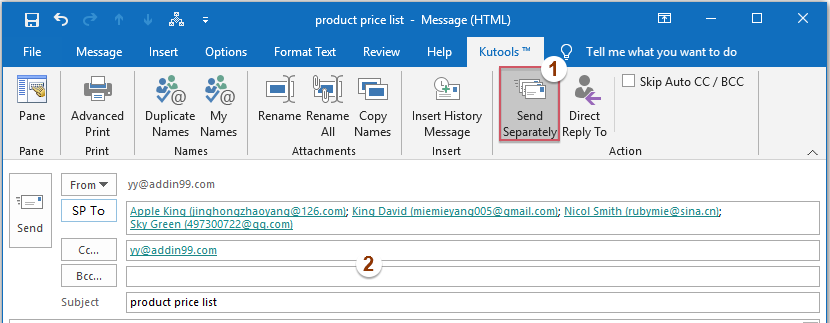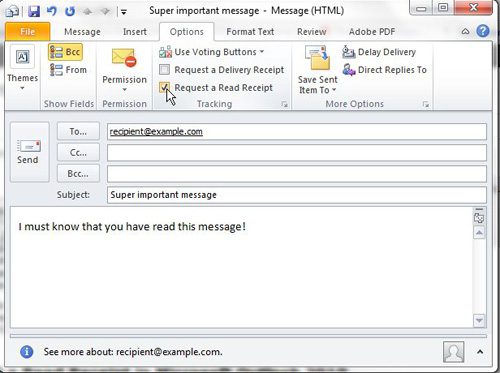
If this is the case, you’ll need to use a third-party option like Mailtrack, which you can install and use by following the steps below. You may also find that read receipts also fail to work in certain third-party email clients. Read receipts also won’t work for users who send emails to group lists or if your Gmail account administrator disables the setting.

It isn’t foolproof, however, as a recipient can still decline to send a read receipt, or delay sending it until they next re-read the message. Sending and receiving read receipts between organizational Gmail accounts will work. These accounts are usually provided by schools and workplaces, for instance. If you have an organizational Gmail account (such as a Google Workspace account), you can send and receive read receipts. This is a limitation of the account itself, with read receipts disabled in an effort to limit their use by spammers. Standard Gmail accounts (such as those created for free) aren’t able to send or receive read receipts using built-in methods.

To enable and use read receipts in Gmail, here’s what you’ll need to do. Standard Gmail accounts can use third-party services to overcome this issue, however. While Gmail does support this feature, it is limited to certain work and school-based Gmail accounts. This is thanks to read receipts, which let the sender know if an email is opened (and when).


 0 kommentar(er)
0 kommentar(er)
